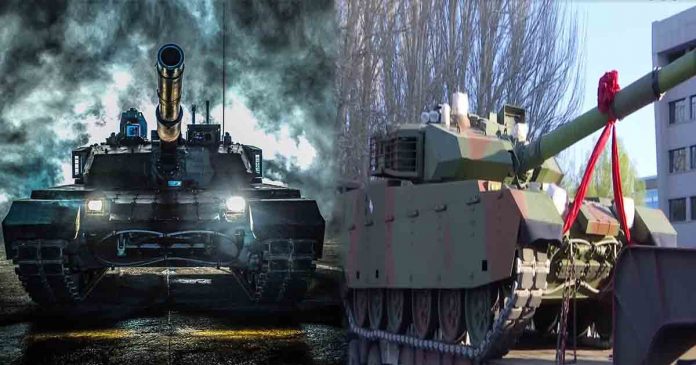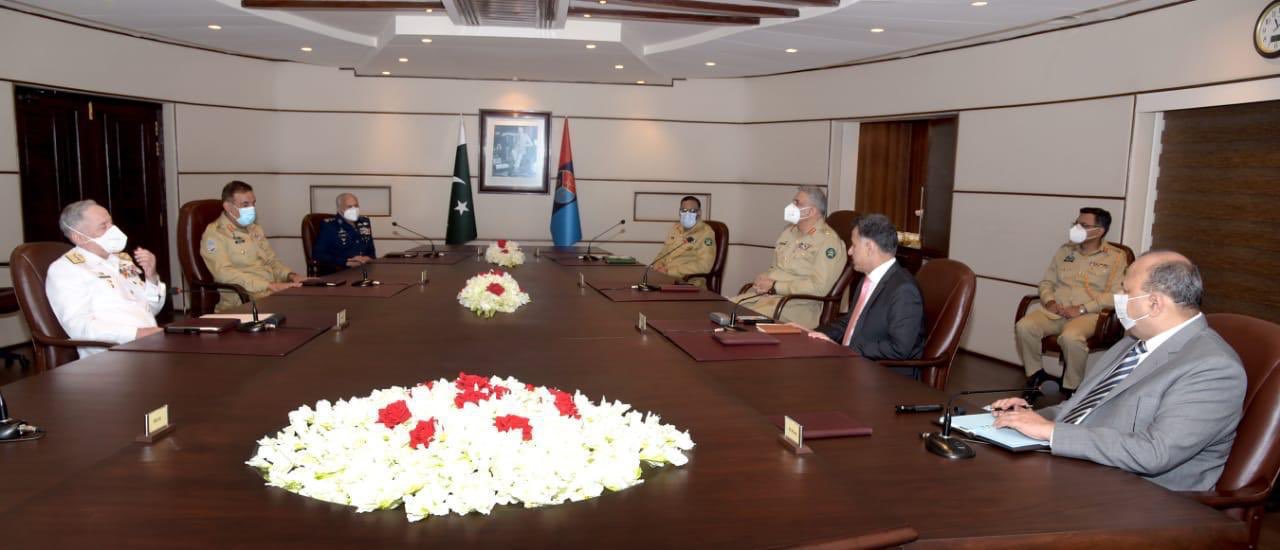fatman17
PDF THINK TANK: CONSULTANT

- Joined
- Apr 24, 2007
- Messages
- 32,563
- Reaction score
- 98
- Country
- Location
Is Pakistan receiving 100 Chinese main battle tanks?
Pakistan is strengthening its military equipment as it wants to show that its not only India that is preparing for war. However, this is not war hysteria; these weapons will prove to be deterrent against war.
May 18, 2020

China has reportedly started delivering VT4 Main Battle Tanks (MBT) to Pakistan.
In 2019, the Pakistan Army Armoured Corps selected the Chinese VT4 tank also known as MBT-3000 to strengthen its armoured divisions.
In 10th International IDEAS defense exhibition in Karachi, Pakistan, a military analyst, Muzammil Hatami announced the selection of the Norinco VT4 to increase the Pakistani armoured vehicle fleet.
Muzammil Hatami said, “VT4 has confirmed for future Pakistan army tank and Alkhalid II main battle tank is in developing phase.”
A Chinese company called Inner Mongolia First Machinery Group has already started to deliver new VT4 main battle tanks to Pakistan which should receive at least 100 units.
On April 4, Global Times reported that China was delivering customized VT4 main battle tanks to an undisclosed foreign buyer.
While citing video released by NORINCO, China Central Television reported VT4 tanks were being transported by trucks.
In mid-April 2020, at the Chinese tank factory located in Baotou, Inner Mongolia province, the ceremony of shipping the first batch of VT4 main battle tanks fitted with explosive reactive armour (ERA) to ‘a foreign customer’ obviously believed to be Pakistan.
The tanks are not the standard VT4 version and instead are equipped with a different turret boost design. The front design features a new explosive reactive armor.
This upgraded VT4 offers enhancements with extra protection capabilities, the report said, citing military experts. According to the latest pictures released on the Internet, the latest variant of the VT4 is now fitted at the front of the hull with ERA armor Level FY-4 providing protection against Tandem Warhead.
No details on the purchase amount, overall value, and client name have been released.
VT4 is one of the most popular Chinese weapons. It has been sold to Thailand and Nigeria.
The VT4 is a third-generation MBT designed, developed and manufactured in China by NORINCO (China North Industries Corporation).
Features of VT4 Tank
The VT4 MBT’s layout is very similar to the Russian tank with a crew of three including driver, commander and gunner and the use of an automatic loading system for the main armament.
The VT4 is equipped with 125 mm smoothbore gun fitted with a thermal sleeve and fume extractor. It is fed by an automatic loader that holds a total of 22 projectiles and charges which can be loaded at the rate of eight per minute. One 7.62 mm coaxial machine gun is mounted to the right of the main armament, while on the commander’s cupola is mounted a remote weapon station armed with a 12.7mm heavy machine gun that can be used to engage ground and aerial targets.
The hull and turret of the VT4 are of welded steel construction with a layer of composite armor over the front arc. The first version of the tank was fitted with additional ERA (Explosive Reactive armor) Level FY-2 providing protection against HEAT (High-Explosive Anti-Tank) and APFSDS (Armour-Piercing Fin-Stabilized Discarding Sabot) ammunition.
Read more: Did Pak Army acquires Serbian T-55 Tanks?
Pakistan is strengthening its military equipment as it wants to show that its not only India that is preparing for war. However, this is not war hysteria; these weapons will prove to be deterrent against war.
May 18, 2020

China has reportedly started delivering VT4 Main Battle Tanks (MBT) to Pakistan.
In 2019, the Pakistan Army Armoured Corps selected the Chinese VT4 tank also known as MBT-3000 to strengthen its armoured divisions.
In 10th International IDEAS defense exhibition in Karachi, Pakistan, a military analyst, Muzammil Hatami announced the selection of the Norinco VT4 to increase the Pakistani armoured vehicle fleet.
Muzammil Hatami said, “VT4 has confirmed for future Pakistan army tank and Alkhalid II main battle tank is in developing phase.”
A Chinese company called Inner Mongolia First Machinery Group has already started to deliver new VT4 main battle tanks to Pakistan which should receive at least 100 units.
On April 4, Global Times reported that China was delivering customized VT4 main battle tanks to an undisclosed foreign buyer.
While citing video released by NORINCO, China Central Television reported VT4 tanks were being transported by trucks.
In mid-April 2020, at the Chinese tank factory located in Baotou, Inner Mongolia province, the ceremony of shipping the first batch of VT4 main battle tanks fitted with explosive reactive armour (ERA) to ‘a foreign customer’ obviously believed to be Pakistan.
The tanks are not the standard VT4 version and instead are equipped with a different turret boost design. The front design features a new explosive reactive armor.
This upgraded VT4 offers enhancements with extra protection capabilities, the report said, citing military experts. According to the latest pictures released on the Internet, the latest variant of the VT4 is now fitted at the front of the hull with ERA armor Level FY-4 providing protection against Tandem Warhead.
No details on the purchase amount, overall value, and client name have been released.
VT4 is one of the most popular Chinese weapons. It has been sold to Thailand and Nigeria.
The VT4 is a third-generation MBT designed, developed and manufactured in China by NORINCO (China North Industries Corporation).
Features of VT4 Tank
The VT4 MBT’s layout is very similar to the Russian tank with a crew of three including driver, commander and gunner and the use of an automatic loading system for the main armament.
The VT4 is equipped with 125 mm smoothbore gun fitted with a thermal sleeve and fume extractor. It is fed by an automatic loader that holds a total of 22 projectiles and charges which can be loaded at the rate of eight per minute. One 7.62 mm coaxial machine gun is mounted to the right of the main armament, while on the commander’s cupola is mounted a remote weapon station armed with a 12.7mm heavy machine gun that can be used to engage ground and aerial targets.
The hull and turret of the VT4 are of welded steel construction with a layer of composite armor over the front arc. The first version of the tank was fitted with additional ERA (Explosive Reactive armor) Level FY-2 providing protection against HEAT (High-Explosive Anti-Tank) and APFSDS (Armour-Piercing Fin-Stabilized Discarding Sabot) ammunition.
Read more: Did Pak Army acquires Serbian T-55 Tanks?





